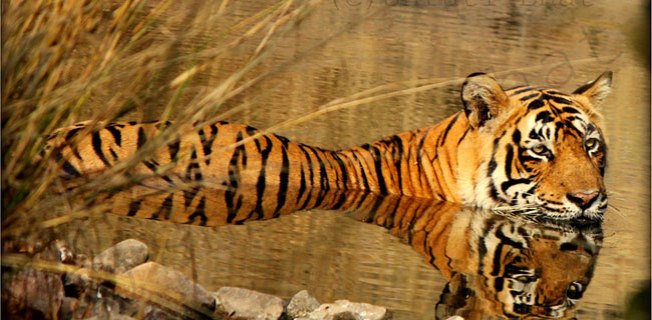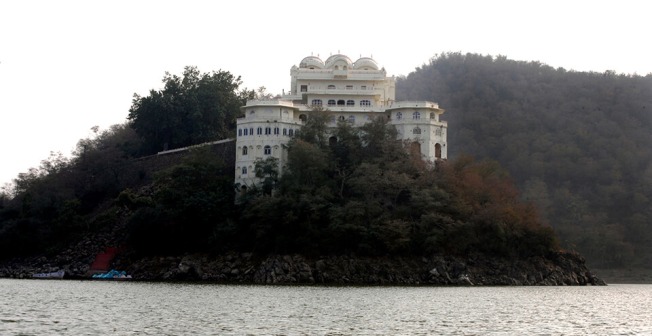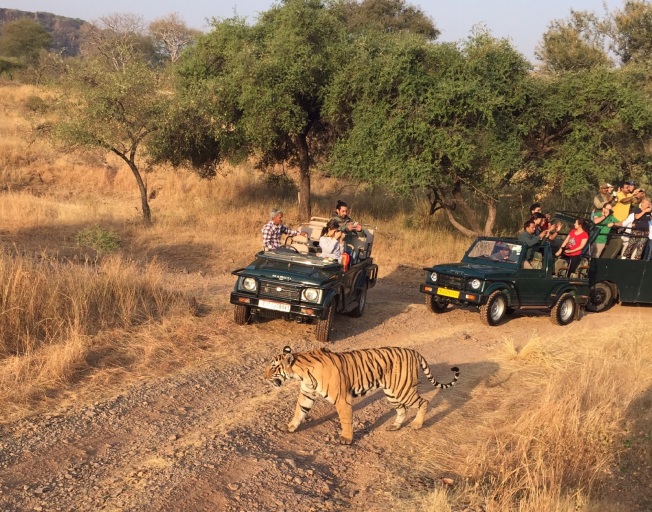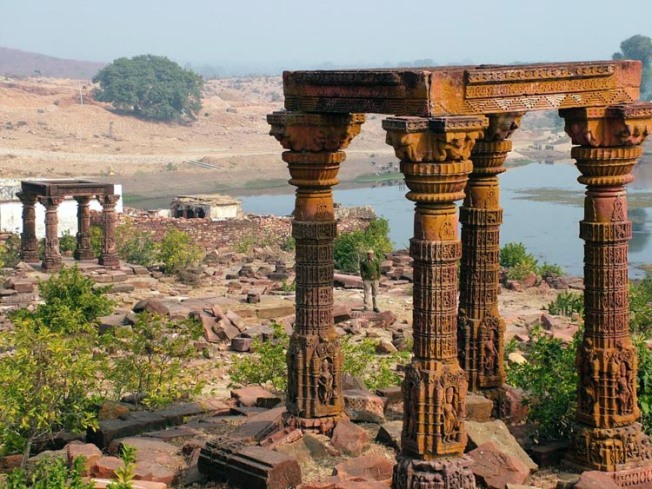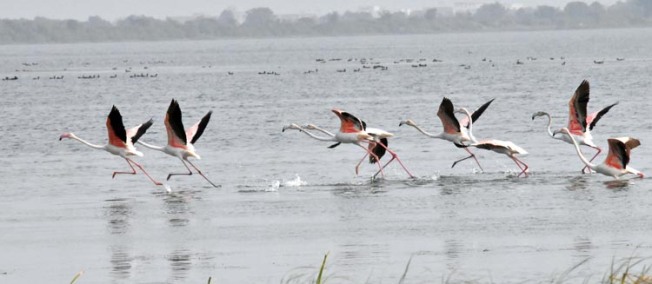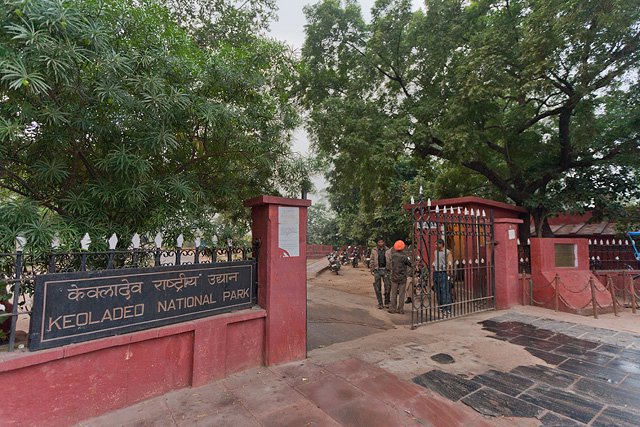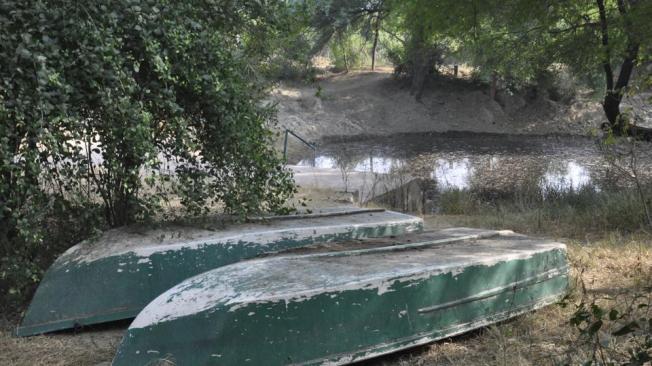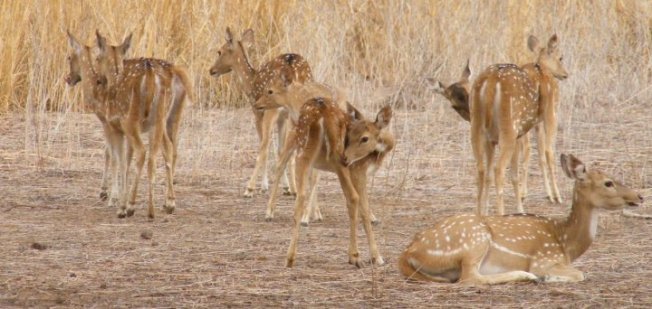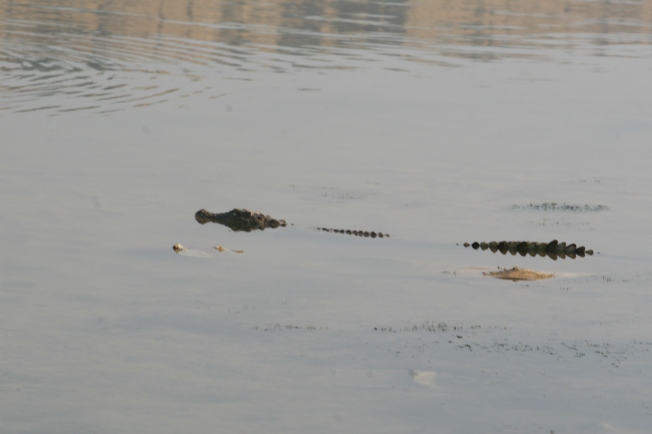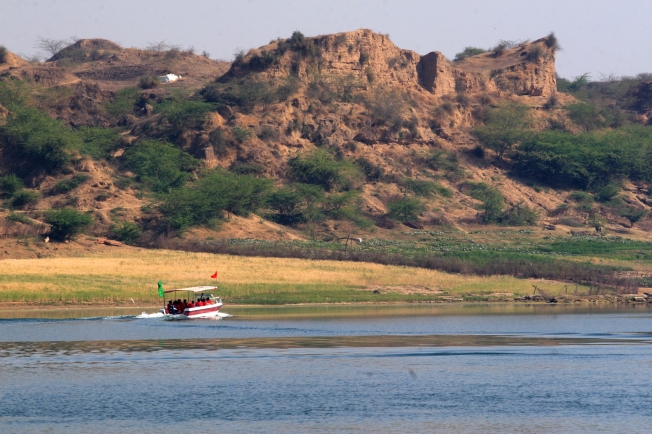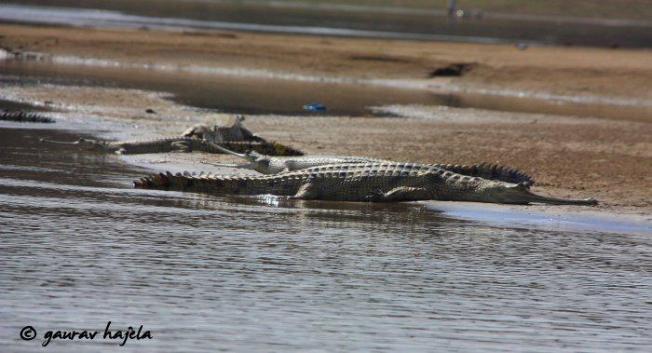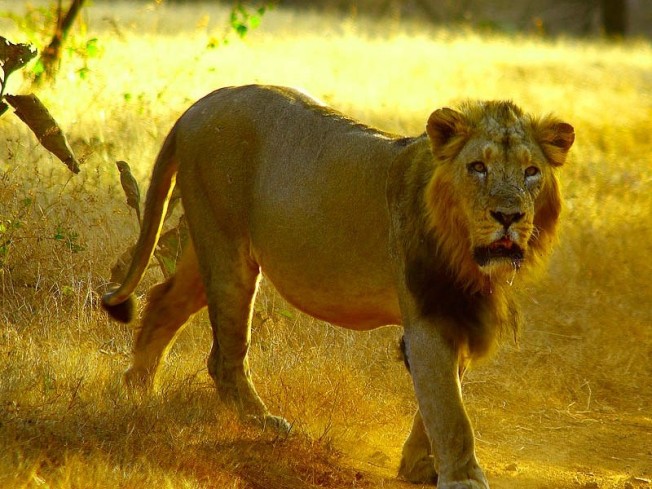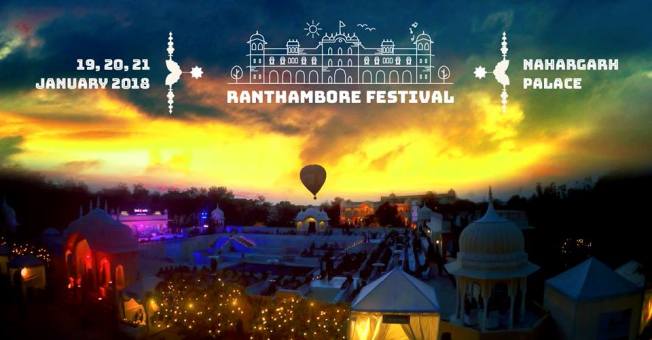
Ever wondered what life would be like in some other state than the one you’re currently living in? What if we told you that a grand festival is waiting in an old palace somewhere in the deserts of Rajasthan for you to truly witness what living in Rajasthan feels like?
It’s not just a bunch of turbans or camels we’re talking about. It’s about everything that makes Rajasthan the colourful and celebrated desert it is.
Ranthambhore Festival in the Nahargarh Palace of Ranthambhore has for you a three day carnival to get into the spirit of Rajasthan and admire the beauty of the state while closely experiencing the quintessence it is made of.
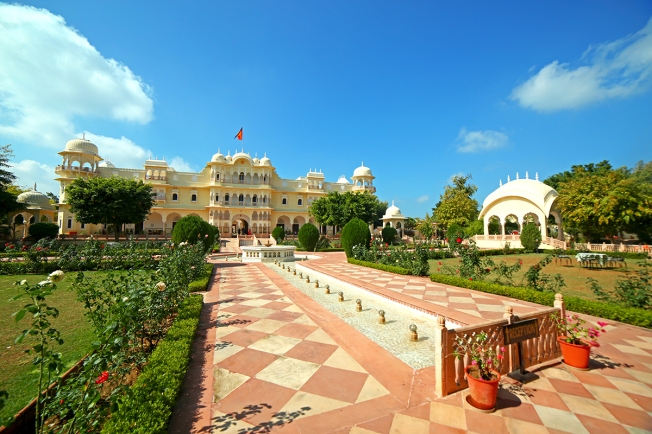
Imagine yourself in a palace, attending music concerts and watching documentaries, eating lavishly some regal supper, learning new art, talking to people from different countries, sitting under the stars and venturing into the forest nearby. Can’t get any better, right? Indulge in the collaboration of art, music, dance, food, cinematography, adventure and intellectual activities and shopping at the Ranthambhore Festival on the 19th, 20th and 21st of January.
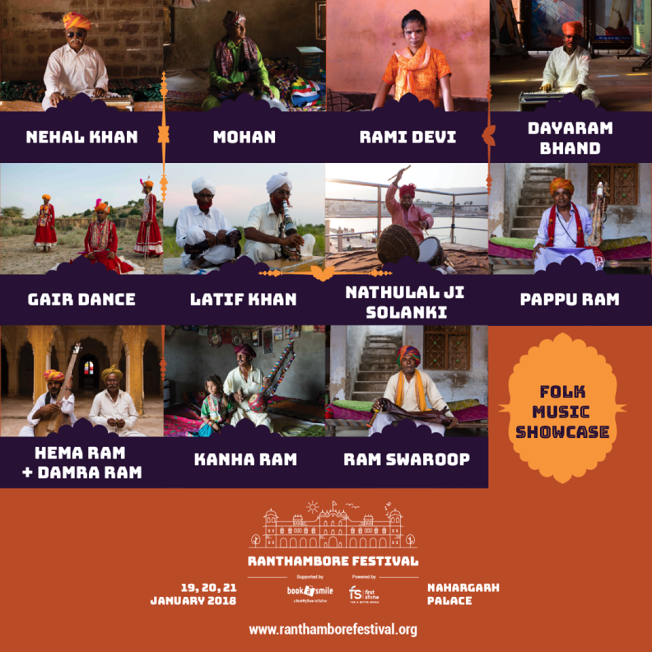

The festival has activities enough for you to remain in awe of the exquisiteness of the humble state. A festival for you to experience, learn and take back with you the art of the state with activities like drum circle, folk instrument classes and performances, meditation and yoga, hot air ballooning, open mic, culinary venture, musical performances from around the globe, documentary screening, music and nature conservation, bicycle tour of Ranthambore’s environs, souk, mid-night star gazing session, traditional block printing workshop, pottery workshop and the most esteemed Royal Secret Supper.
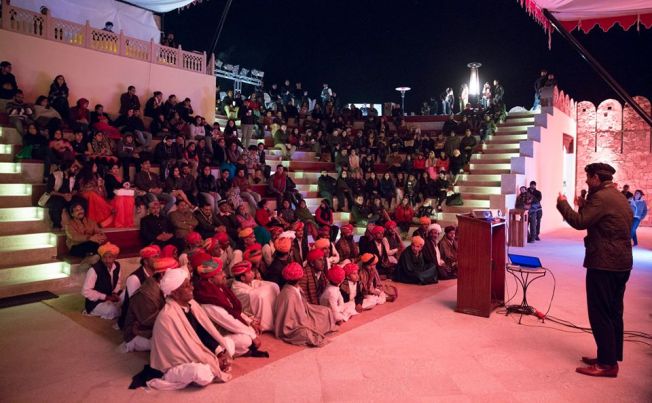
If this doesn’t make you pack your bags right away, we don’t know what will.
Date-19, 20 and 21 January
Venue– Nahargarh Palace, Ranthambhore, Rajasthan.
Getting there- By Air
The closest airport is Jaipur, which is 160 kms from Nahargarh Palace, Ranthambore. Jaipur is well connected to all metros with daily flights operated by Indigo, Go Air, Jet Airways, and Indian Airlines. Once you land, you can take a prepaid airport taxi or a private taxi to Ranthambore. This will cost you approximately Rs 2500.
By Train (Recommended)
Sawai Madhopur station is only three kilometers (ten minutes drive) from Ranthambore and is well connected to almost every city in India by superfast trains, being the most important railway junction in Rajasthan.
By Road
Ranthambore is well connected with all major highways and if you’re planning a road trip, here’s what you need to know. Jaipur to Ranthambore 180 Km (Approx. 3h via Rajasthan State Hwy 24) Delhi to Ranthambore- 381 Km(Approx. 6 Hours via NH8 and NH 11A) Mumbai to Ranthambore – 1031 Km (Approx. 16 h 51 min via NH 3) Udaipur to Ranthambore- 388 Km (Approx. 6h 10 min via NH 76 and RJ SH 29) Agra to Ranthambore- 239 Km (Approx. 4h 23 min via via RJ SH 1) Ahmedabad to Ranthambore – 640 Km (Approx. 9h 47 min via NH8 and NH 76)

